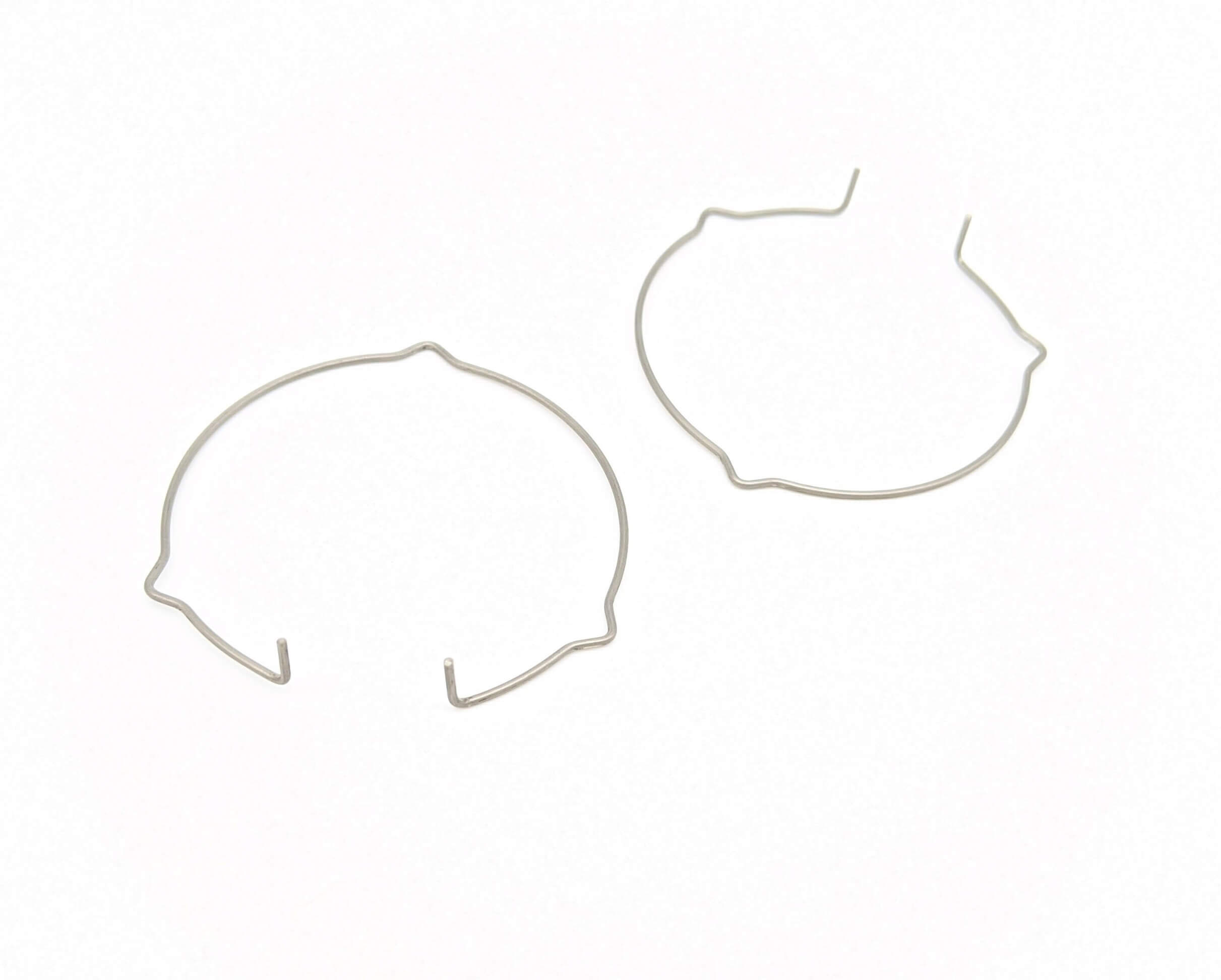Get unique, complex parts easily. No matter your requirements, Chaoyi Spring creates hard-to-produce coil springs and wire forms.
Let us help you create the custom wire form you need, from S-hooks and J-hooks to utility hooks and more.
We work closely with customers across a wide range of industries, helping them design and manufacture made-to-order parts.
Why choose Chaoyi Spring? We prioritize customer-focused collaboration, modern equipment and the latest technology to make your parts per print.
Find the information and guidance you need, from measuring a spring to learning about materials, placing an order and much more.
Flat springs, often overlooked yet ubiquitous, play a crucial role in countless engineering applications. These simple yet powerful components, crafted from thin strips of metal, provide a reliable and efficient


Flat springs, often overlooked yet ubiquitous, play a crucial role in countless engineering applications. These simple yet powerful components, crafted from thin strips of metal, provide a reliable and efficient way to store and release energy, delivering a precise force over a specific distance. From everyday appliances to sophisticated machinery, flat springs are the unsung heroes, ensuring smooth operation and reliable performance. This article delves into the world of flat springs, exploring their diverse applications, manufacturing processes, and the key considerations for their design and selection.

Flat springs, as the name suggests, are made from a flat, thin strip of metal, typically steel or stainless steel, which is formed into a specific shape to achieve the desired spring characteristics. Their inherent flexibility allows them to deform under load, storing energy and returning to their original shape when the load is released. The ability to tailor their geometry and material properties enables engineers to achieve a wide range of spring rates, load capacities, and deflection characteristics, making them versatile for countless applications.
At the heart of flat spring design is the concept of bending stress. When a flat spring is subjected to a force, it bends, creating an internal stress within the material. This stress is directly proportional to the applied force and inversely proportional to the cross-sectional area of the spring. The material's inherent elasticity governs how much the spring bends before permanently deforming, a critical consideration in design.
The versatility of flat springs extends across a wide range of industries and applications. They are often employed in:
The manufacturing process for flat springs is a fascinating interplay of precision and artistry. Starting with a thin strip of metal, the spring is formed using various techniques to achieve the desired shape and spring characteristics. Common manufacturing processes include:
Designing the optimal flat spring requires careful consideration of several crucial factors:
With countless spring designs and materials available, selecting the optimal flat spring for a specific application requires careful consideration of several factors. Here are some key questions to ask:
Flat springs, though often overlooked, are truly indispensable components in countless engineering applications. Their inherent versatility, reliability, and ability to store and release energy make them vital for smooth operation and precise performance. From everyday appliances to sophisticated machinery, flat springs are silently at work, ensuring functionality and efficiency. By understanding their fundamental principles, diverse applications, and key design considerations, engineers can leverage the power of flat springs to create innovative and reliable solutions for a wide range of challenges.
The world of flat springs is a testament to the ingenuity and precision of engineering. These seemingly simple components offer a remarkable range of possibilities, playing a critical role in advancing technology across various industries. As engineers continue to push the boundaries of innovation, flat springs will remain an essential tool, delivering reliable performance and shaping the future of countless products and systems.
Browse some of the custom wire forms and springs that we manufacture. Don’t see what you need? We specialize in made-to-order products that meet your application requirements.
Visit Our GalleryNeed a custom wire form or coil spring? We make it work. Fill out the contact form and a representative will respond within 1 business day. If you have a PDF or CAD file, you can submit to request a quote.